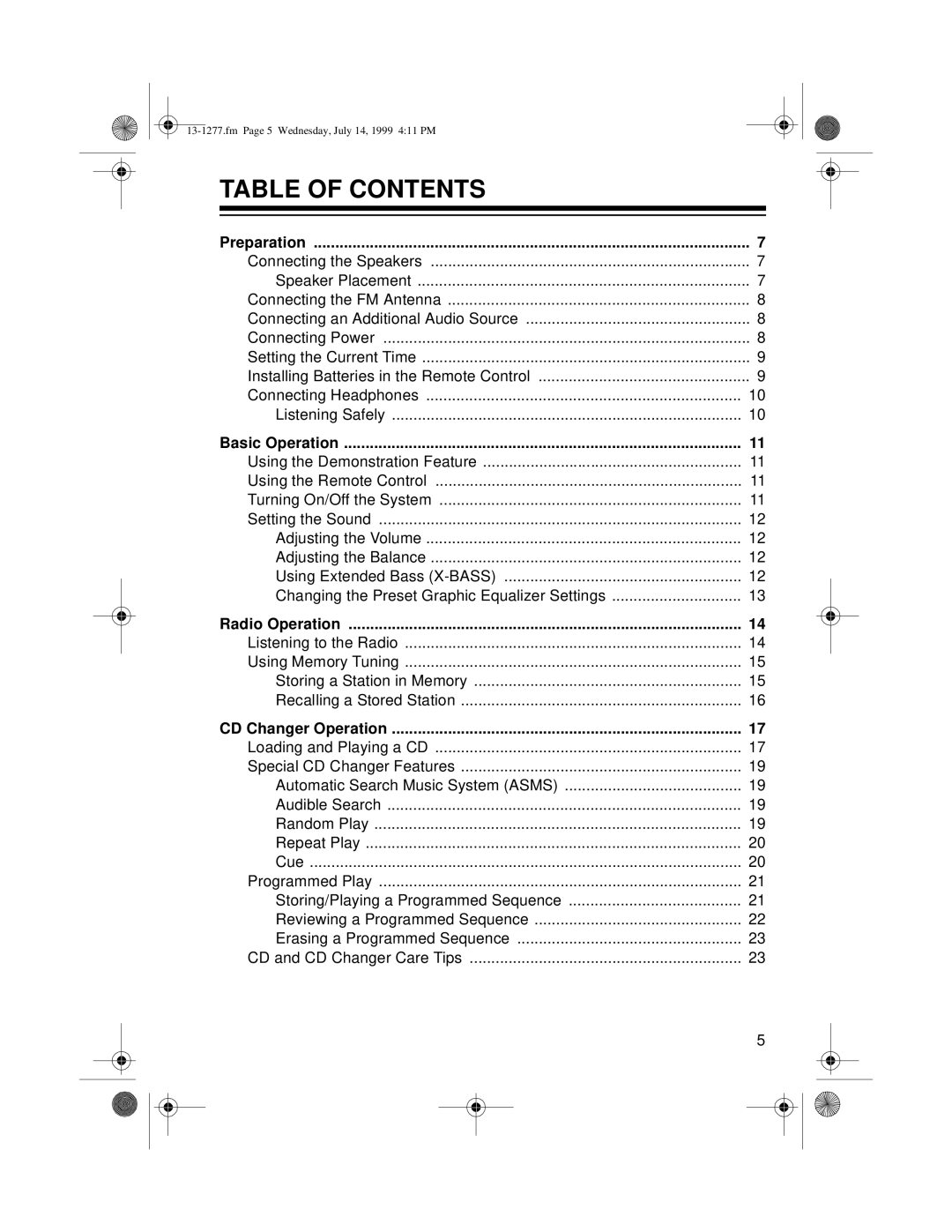SYSTEM 730 specifications
The Optimus SYSTEM 730 is an innovative solution designed to meet the demands of modern businesses seeking efficiency, reliability, and cutting-edge technology. This system integrates advanced hardware and software components to deliver top performance in various computing environments.One of the standout features of the Optimus SYSTEM 730 is its powerful processing capabilities. Equipped with the latest multi-core processors, it provides exceptional speed and responsiveness, allowing users to run complex applications and multitask seamlessly. The system supports high-performance graphics processes, making it an excellent choice for industries that require robust visual rendering, such as gaming, graphics design, and video editing.
Memory and storage options are critical components of any computing system, and the Optimus SYSTEM 730 excels in this area. With a maximum RAM capacity of 64GB, it ensures that even the most demanding applications run smoothly. Coupled with high-speed SSD storage options, users can expect rapid boot times and quick access to files, significantly enhancing productivity.
The connectivity options of the Optimus SYSTEM 730 are designed to support today's fast-paced work environment. It features multiple USB ports, including USB 3.0 and USB-C connections, enabling quick data transfer and device charging. The inclusion of HDMI and DisplayPort outputs allows users to connect to multiple monitors, further expanding their workspace and enhancing productivity.
Security is paramount in today's digital landscape, and the Optimus SYSTEM 730 incorporates advanced security features to protect user data. It includes hardware-based encryption and secure boot options to safeguard against unauthorized access and cyber threats. Regular updates and support ensure that the system is equipped with the latest security protocols.
The design of the Optimus SYSTEM 730 also deserves special mention. With a sleek and modern aesthetic, it is tailored for both office settings and personal use. Its efficient cooling technology ensures that the system operates quietly while maintaining optimal performance during extended tasks.
In summary, the Optimus SYSTEM 730 combines powerful processing, ample memory and storage options, versatile connectivity, enhanced security features, and a sophisticated design to deliver a comprehensive computing solution. It stands as an excellent choice for businesses and individuals looking to invest in a high-performance system that meets today's technological demands and prepares for future advancements.

